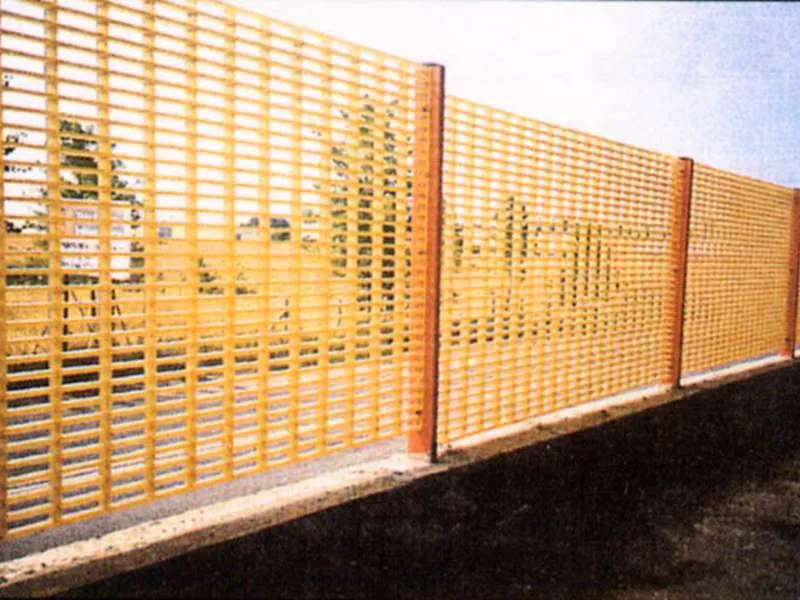
-
 Afrikaans
Afrikaans -
 Albanian
Albanian -
 Amharic
Amharic -
 Arabic
Arabic -
 Armenian
Armenian -
 Azerbaijani
Azerbaijani -
 Basque
Basque -
 Belarusian
Belarusian -
 Bengali
Bengali -
 Bosnian
Bosnian -
 Bulgarian
Bulgarian -
 Catalan
Catalan -
 Cebuano
Cebuano -
 China
China -
 China (Taiwan)
China (Taiwan) -
 Corsican
Corsican -
 Croatian
Croatian -
 Czech
Czech -
 Danish
Danish -
 Dutch
Dutch -
 English
English -
 Esperanto
Esperanto -
 Estonian
Estonian -
 Finnish
Finnish -
 French
French -
 Frisian
Frisian -
 Galician
Galician -
 Georgian
Georgian -
 German
German -
 Greek
Greek -
 Gujarati
Gujarati -
 Haitian Creole
Haitian Creole -
 hausa
hausa -
 hawaiian
hawaiian -
 Hebrew
Hebrew -
 Hindi
Hindi -
 Miao
Miao -
 Hungarian
Hungarian -
 Icelandic
Icelandic -
 igbo
igbo -
 Indonesian
Indonesian -
 irish
irish -
 Italian
Italian -
 Japanese
Japanese -
 Javanese
Javanese -
 Kannada
Kannada -
 kazakh
kazakh -
 Khmer
Khmer -
 Rwandese
Rwandese -
 Korean
Korean -
 Kurdish
Kurdish -
 Kyrgyz
Kyrgyz -
 Lao
Lao -
 Latin
Latin -
 Latvian
Latvian -
 Lithuanian
Lithuanian -
 Luxembourgish
Luxembourgish -
 Macedonian
Macedonian -
 Malgashi
Malgashi -
 Malay
Malay -
 Malayalam
Malayalam -
 Maltese
Maltese -
 Maori
Maori -
 Marathi
Marathi -
 Mongolian
Mongolian -
 Myanmar
Myanmar -
 Nepali
Nepali -
 Norwegian
Norwegian -
 Norwegian
Norwegian -
 Occitan
Occitan -
 Pashto
Pashto -
 Persian
Persian -
 Polish
Polish -
 Portuguese
Portuguese -
 Punjabi
Punjabi -
 Romanian
Romanian -
 Russian
Russian -
 Samoan
Samoan -
 Scottish Gaelic
Scottish Gaelic -
 Serbian
Serbian -
 Sesotho
Sesotho -
 Shona
Shona -
 Sindhi
Sindhi -
 Sinhala
Sinhala -
 Slovak
Slovak -
 Slovenian
Slovenian -
 Somali
Somali -
 Spanish
Spanish -
 Sundanese
Sundanese -
 Swahili
Swahili -
 Swedish
Swedish -
 Tagalog
Tagalog -
 Tajik
Tajik -
 Tamil
Tamil -
 Tatar
Tatar -
 Telugu
Telugu -
 Thai
Thai -
 Turkish
Turkish -
 Turkmen
Turkmen -
 Ukrainian
Ukrainian -
 Urdu
Urdu -
 Uighur
Uighur -
 Uzbek
Uzbek -
 Vietnamese
Vietnamese -
 Welsh
Welsh -
 Bantu
Bantu -
 Yiddish
Yiddish -
 Yoruba
Yoruba -
 Zulu
Zulu
cpvc frp tank
Introduction to CPVC FRP Tanks Benefits and Applications
In the world of industrial storage solutions, CPVC FRP (Chlorinated Polyvinyl Chloride Fiber Reinforced Plastic) tanks have emerged as a viable option for various applications. Combining the advantages of CPVC and FRP, these tanks provide a lightweight, durable, and corrosion-resistant solution ideal for storing a variety of chemicals and liquids.
What is CPVC FRP?
CPVC is a thermoplastic polymer known for its excellent chemical resistance, temperature tolerance, and mechanical strength. When combined with fiber-reinforced plastic, the resulting material offers even greater resilience. FRP enhances the structural integrity of CPVC, making it an ideal choice for environments where traditional materials may fail due to corrosion or degradation.
Benefits of CPVC FRP Tanks
1. Corrosion Resistance One of the primary advantages of CPVC FRP tanks is their exceptional resistance to corrosion. In many industrial settings, tanks are required to store aggressive chemicals that can swiftly erode conventional materials. CPVC’s inherent properties, along with the reinforcement of FRP, make these tanks a perfect solution, ensuring longevity and reliability.
2. Lightweight Compared to metal alternatives, CPVC FRP tanks are significantly lighter. This feature simplifies transportation and installation, reducing labor costs and time. The lightweight nature of these tanks also allows for easier modifications and relocations, providing flexibility to operations.
cpvc frp tank

3. Thermal Stability CPVC FRP tanks can withstand a wide temperature range, making them suitable for both hot and cold chemical storage. This thermal stability minimizes the risk of damage or deterioration, even in extreme conditions, ensuring the integrity of the contents stored.
4. Cost-Effectiveness While the initial investment in CPVC FRP tanks may be higher than traditional materials, the long-term savings are substantial. Their durability and resistance to wear and tear mean lower maintenance and replacement costs over time. Moreover, their energy efficiency in terms of insulation can lead to savings in heating and cooling expenses.
5. Versatile Applications The versatility of CPVC FRP tanks makes them suitable for a myriad of applications across several industries. They are commonly used in the chemical processing, water treatment, food and beverage, and pharmaceutical industries. From storing acids, bases, and solvents to holding water and wastewater, these tanks meet diverse industrial needs.
Environmental Considerations
The environmental impact of manufacturing and using CPVC FRP tanks is relatively lower compared to metal counterparts. Their lightweight nature means reduced energy consumption during transportation, and their long lifespan minimizes waste. Additionally, they do not leach harmful chemicals into the stored substances, promoting a safer environment for both workers and ecosystems.
Conclusion
In summary, CPVC FRP tanks represent a sophisticated solution for industries requiring reliable, durable, and cost-effective storage options. Their blend of chemical resistance, lightweight construction, thermal stability, and versatility makes them an exceptional choice for modern industrial applications. As industries continue to seek sustainable and efficient storage solutions, the adoption of CPVC FRP technology is poised to expand, providing peace of mind and reliability for various storage needs.









